Rice Crackers - Find Your Favorite Type Of Senbei!

To Japanese people, senbei (rice crackers) are a familiar snack. Did you know that there are various types of senbei? With the cooperation of Kameda Seika Co, Ltd, we compared the features of various types of senbei crackers in this article.
Senbei rice crackers are a representative snack of Japan. There are various types of senbei available. This article will introduce the different types of senbei by using those from Kameda Seika Co., Ltd, a company that boasts the No.1 sales in the market, making approximately 30% of the senbei sold in Japan, as examples.
We have asked some tourists, two Germans and an Indonesian, staying at Guest House Ninjin in Niigata to try and compare senbei. Though preferences differ from person to person, please feel free to use this article as a reference regarding the taste of senbei.
* The products introduced in this article can be purchased in places such as supermarkets for around 190 – 300 yen plus tax per pack. Please double check the actual sales price at the store.
* The categories of senbei are based on the criterion provided by Kameda Seika Co., Ltd.
Four Types of RIce Crackers
1. Hard-Baked Senbei
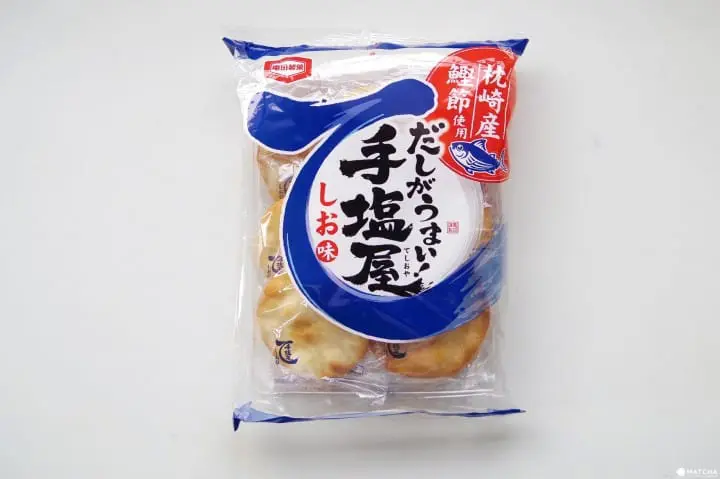
Hard-baked indicates senbei that uses non-glutinous rice as its main ingredient and has a firm crunchiness. Teshioya is especially famous among Kameda Seika’s hard-baked products.
The senbei is characterized by its firm crunchiness and a taste brought out by dashi made from katsuobushi (dried sliced bonito) and kombu (kelp). When one talks about senbei in Japan, people typically think of crunchy, hard-baked senbei.
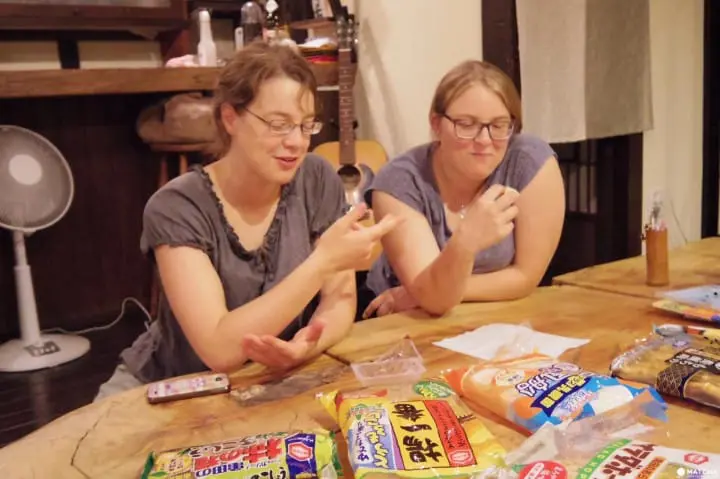
Now, what kind of reactions did the tourists have?
Upon being prompted to try the snack, they said, “Though its crunchiness is firm, there’s a fishy smell.”
This senbei may not be the best for those who aren’t great with fishy smells. However, those who want to enjoy a firm texture and a dashi taste unique to Japan should definitely try it once.
2. Soft Rice Crackers

Soft senbei are senbei that have a slightly soft texture. The representative senbei of this type, Happy Turn, is one that has many fans among the young in Japan. On top of being senbei that is easy to eat in bite-sized pieces, it is also one sprinkled with powder that softly melts in your mouth.
By the way, it appears that the product name has the meaning of wanting to “return happiness to its customers.”

When our taste-testers tried it, they exclaimed, “interesting!!” and were quite surprised. It seems that a flavor like Happy Turn’s, a mix of sugar and salt, is one that they have never eaten before until now and was a new experience for them.
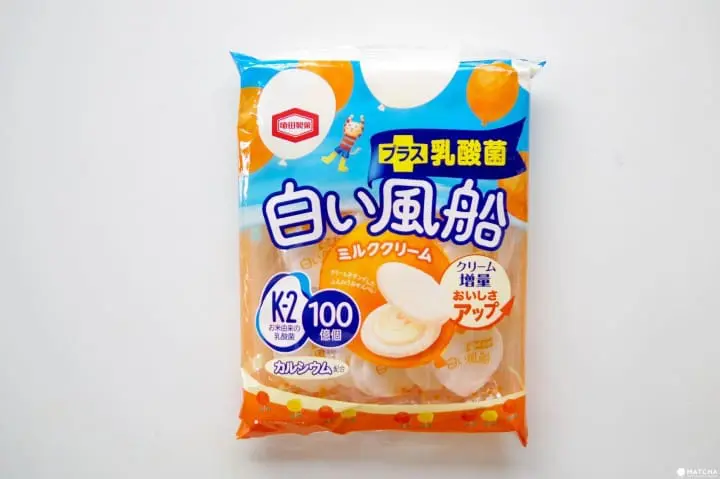
We will introduce one more product from the soft senbei category. This is senbei filled with lactic acid. Shiroi Fuusen is a white, soft senbei with a mild milky cream is sandwiched between them.
As it’s filled with calcium, there are many Japanese parents that prepare these as snacks for their children.
Our German and Indonesian taste-testers had the best impression with this product! The structure of cream inserted between senbei was novel and had just the right taste of “saltiness + sweetness + saltiness”.
When asked, “what kind of situation would you like this eat this in?”, a popular response was “I’d want to eat it during my breaks in the afternoon with either milk, hot chocolate, black tea, or coffee.” They even said, “I want to buy these as souvenirs! Where do they sell them?”
新潟生まれ。日本文化と古い建物が好きな社会人。日本を、地方を好きになってもらえるような記事を綴っていきたいです。





![[About 3 hours from Tokyo] 5 things to do in Murakami City, Niigata Prefecture](https://resources.matcha-jp.com/resize/720x2000/2023/12/08-155613.webp)























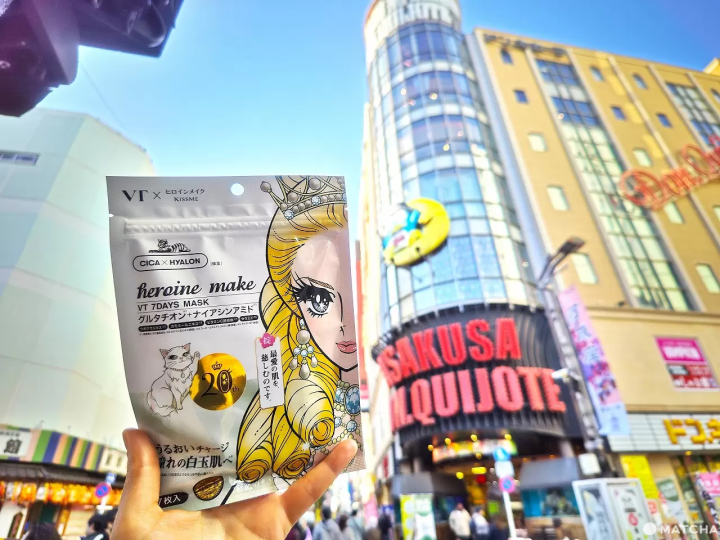
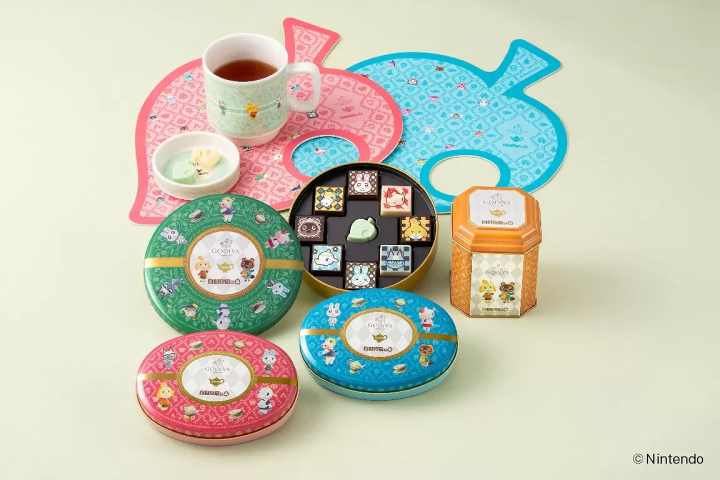
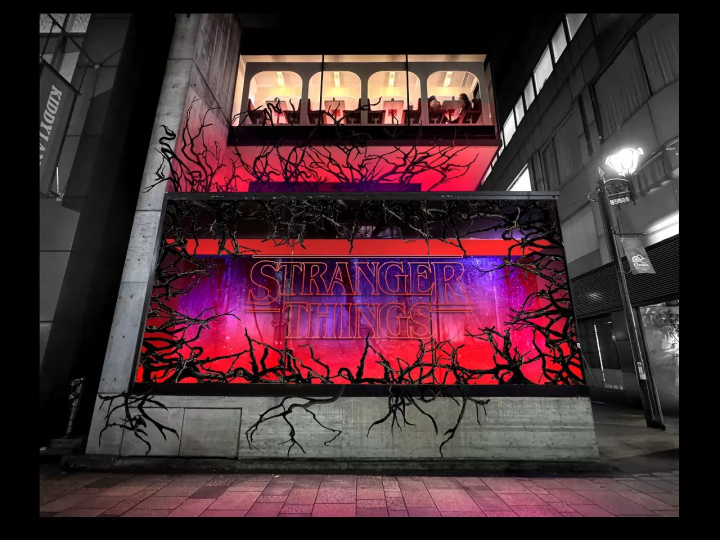
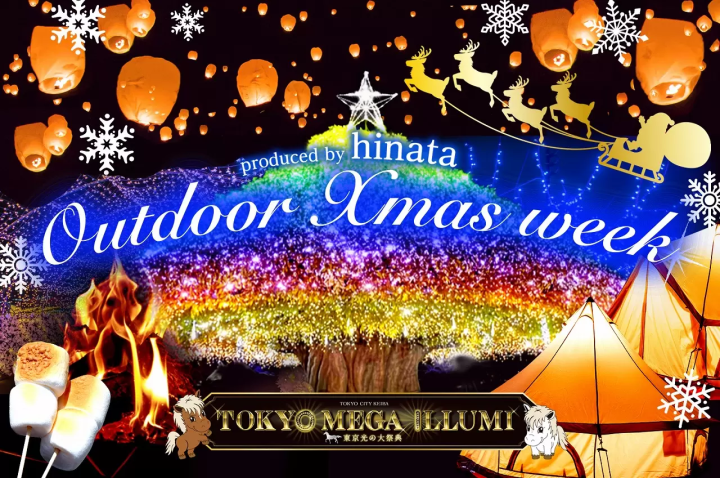





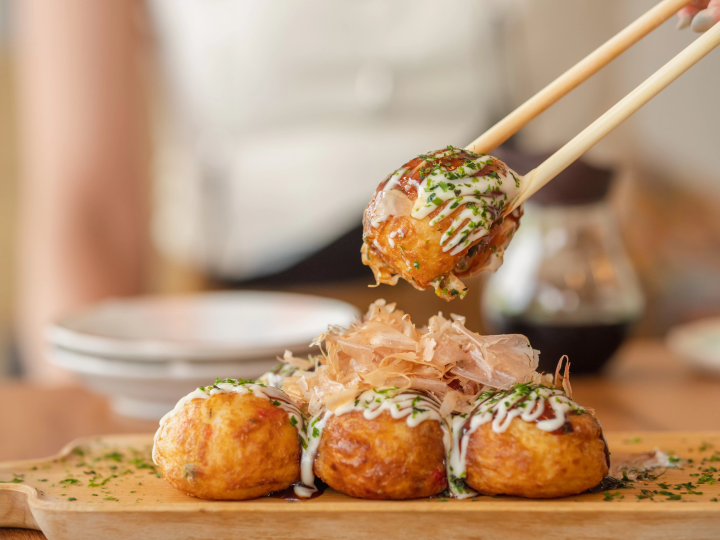
![[2026 Edition] FORMUAL 1 JAPANESE GRAND PRIX Information](https://resources.matcha-jp.com/resize/720x2000/2025/10/05-245984.webp)
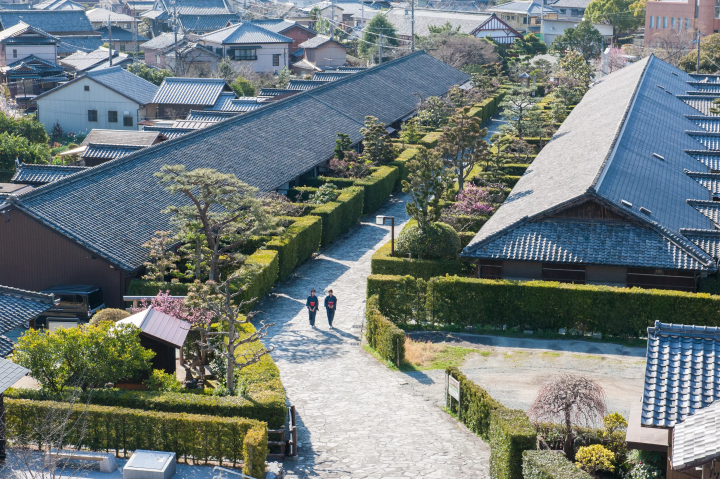

![[2025 Update] Namba's spectacular illuminations! "Namba Hikari Tabi" with approximately 1 million shining lights](https://resources.matcha-jp.com/resize/720x2000/2025/12/12-252825.webp)